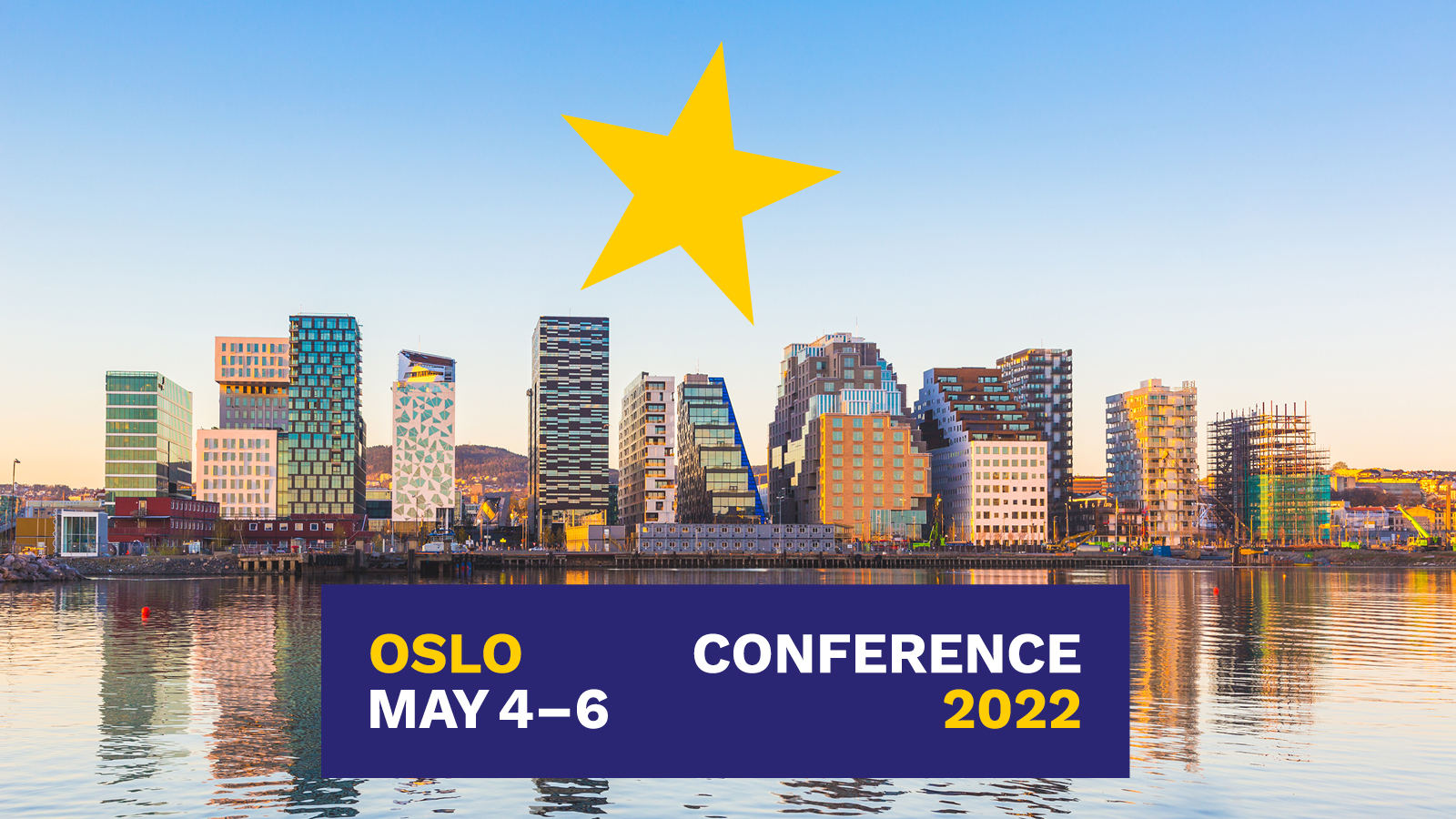Evolution of research impact (30 min presentation)
Conference
Format: Oral 30 Minutes
Topic: Impact
Session: ONE4 - Multiple topics: 1 Pecha Kucha, followed by 2 separate 30 min presentations
Thursday 5 May 2:30 p.m. - 4 p.m. (UTC)
Abstract
This presentation will look at the impact of research: what is the state-of-the-art of research impact from the 1990s to 2022 and beyond? How has the concept of impact been understood previously, and where are we now? We will discuss how the understanding of what research impact is has evolved from peer review and the evaluation of scientific publications and their citations to the current, more holistic understanding of science-society relations. Nowadays, impact is viewed as an interactive process that is more than just the effect research has on the scientific community. In the 1990s, there was a change in the science, technology, and innovation policies, and the demand for measuring economic returns from research funding increased. Subsequently, the commercialization of results grew in importance. In the 2000s, broader societal impacts of academic research started gaining more attention, shifting from linear to more interactive models of science's social impact. The current understanding of science-society relations is that more emphasis should be put on productive interactions and public engagement with stakeholders, as societal actors are increasingly important in achieving science's social impact. Science is expected to solve the grand challenges of our time, such as climate change, but researchers cannot do that alone. That is why new ways of thinking of, tracking, and measuring impact are needed.
We will also take a look at how impact has become an essential part of research funding. We will discuss the current demands of research funders and how, for example, the impact pathway model is used in Horizon Europe. We will also bring up examples of national funders' requirements.
We will discuss how the RMAs can help researchers understand their impact and write more enticing funding proposals.
Lastly, we look at the crystal ball in an effort to see where research impact is going next and what research impact could mean in ten years from now and beyond.
The presentation has been created collaboratively by a network called EARMA Thematic Group on Impact which started its work after EARMA 2021 Digital Conference. The purpose of the network is to learn from each other and strengthen the impact support for researchers.



